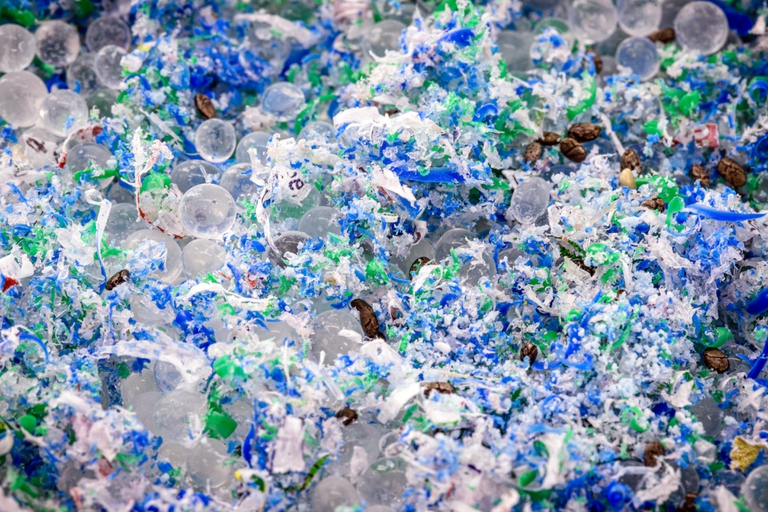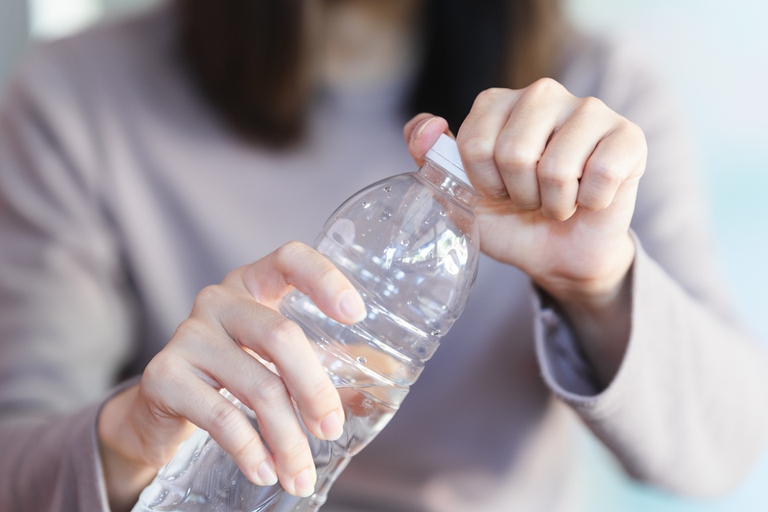https://www.lifegate.it/nanoplastiche-acqua-bottiglia-studio
- |
- Nanoplastics are particles smaller than 1 micrometer that are difficult to detect even for science.
- Scholars from Columbia University have used a new microscopic technique to find them in bottled water.
- According to what has been observed, in one liter there are 240 thousand particles on average, 90 percent of which are nanoplastics.
One liter of waterfall in plastic bottle it can contain thousands and thousands of nanoplastics:a group of scientists from the Columbia University who used a new microscopic technique to identify these very small particles of plastic, with the aim of improving knowledge on a type of contamination and pollution that is still little explored, precisely due to the size of nanoplastics which has so far made them invisible to science.

90 percent of the particles present in a liter of bottled water are made up of nanoplastics
The study was published in journal of the Proceedings of the national academy of sciences:researchers tested three popular brands of bottled water sold in the United States and found from 110 thousand to 370 thousand particles in each liter (240 thousand on average), 90 percent of which were nanoplastics, while the rest were microplastics.Nanoplastics are particles smaller than 1 micrometer and are measured in billionths of a meter:they are a further fragmentation of microplastics, ranging from 5 millimeters up to 1 micrometer (1 millionth of a meter).
What type of plastic particles in water are they and where do they come from?
Much of the plastic appears to come from from the bottle itself (detachment for example when it is crushed or opened and closed) and by industrial packaging processes:in fact, mainly fragments of pet, the material the bottles are made of, and of polyamide, a type of nylon, which probably derives from plastic filters used to purify water before it is bottled.It should be underlined that the seven types of plastic researched by researchers in water represented only around 10 percent of all nanoparticles found in samples;if the remainder were also nanoplastics, their number could actually be equivalent to tens of millions per liter.

Nanoplastics and health risks
Studies are underway on the risks to human health related to contamination by plastic particles:at the moment what is certain is that microplastics have already been found in human blood, in the urine and even in the placenta of women.The ability of nanoplastics to enter tissues could be greater than that of microplastics given their smaller size, but it is still necessary to understand what the effects are at the cellular level and the possible toxicity for the organism.
